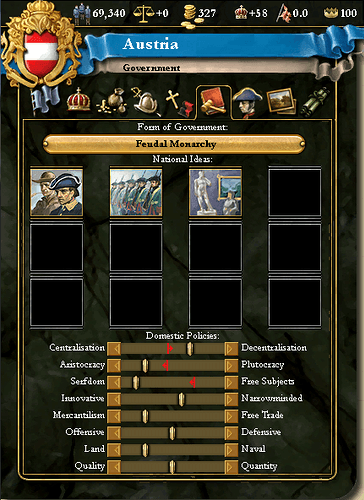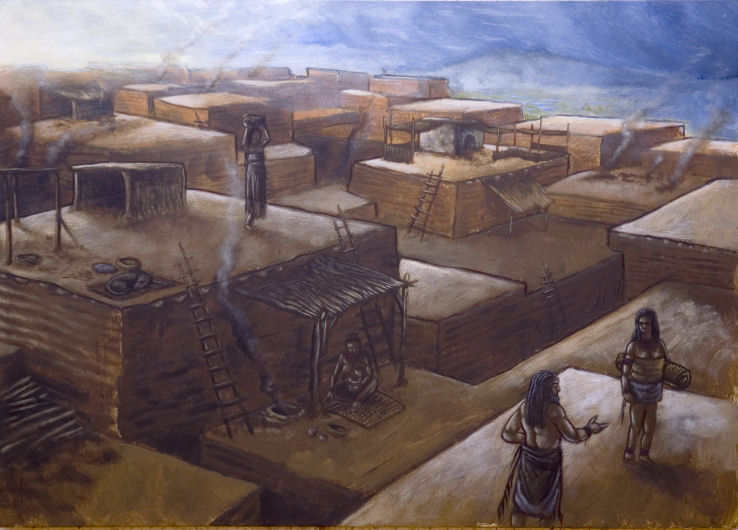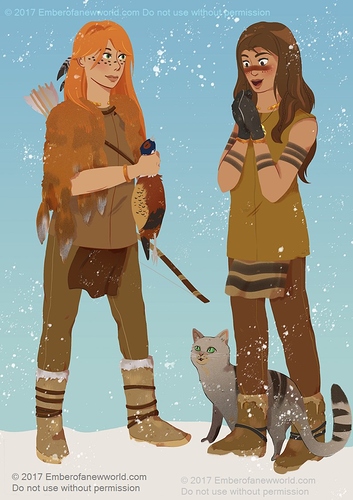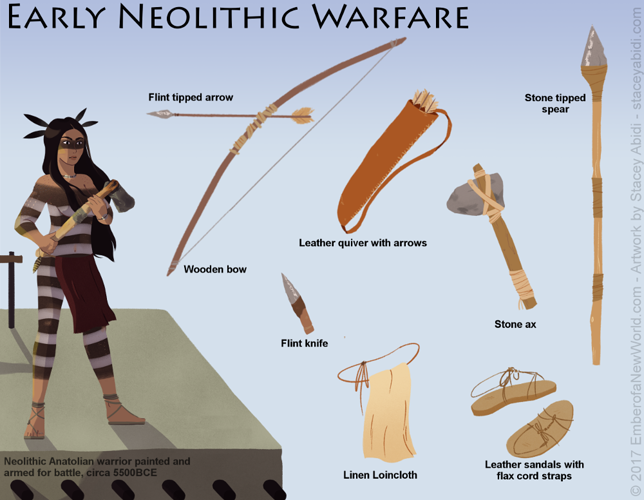That’s a very good sum up @Grigor 
(that kind of thing I seem unable to do myself  ).
).
However, I think that as soon as the Neolithic (i.e. base game) we should have great opportunities to shape our own society, without waiting for any Chalcolithic DLC. The basis for this is that given the span in time and space, it is highly probable that very different societies appeared in Atlantic Europe in Neolithic. Probably there were matriarchies as well as patriarchies, egalitarian as well as highly stratified societies, or peaceful and warmongering cultures. Introducing Mesolithic people in the equation still makes the thing more obvious.
Gameplay wise, this means that if, for instance, you begin the game with your own society still to be shaped, and every surrounding settlements are “utopian” societies (egalitarian, peaceful gender-equality, basically the “noble savage” for Rousseau), the player should be proposed various options:
- either he feels that’s sufficient to have good relations with surrounding settlements, and may engage in trade, diplomacy, intermarriages, etc. and try to achieve cultural achievements (grander enclosure, more people and resources, becoming a regional cultic/economic center…) and be perfectly fine with that;
- or he finds more fun to become a warmongering society, able to impose his authority on surrounding settlements and establish something like a regional chiefdom, able to collect tributes as people, slaves, prisoners, resources, labor, etc.
In the following centuries though, whatever the path chosen in early game, the player should also be presented with situations where he may change his stance. What if he’s a pacifist but he’s facing a wave of militaristic and highly stratified migrants or invaders? As migrants, will this new culture create instability in his own settlement, obliging to adopt a more stratified society to keep peace? Will he stick to older traditions? If this is an invasion, wouldn’t it be easier to have nascent social and economical elites, able to defend the settlement more efficiently with more militaristic values?
I really liked @lotus253 last post, just above yours. But I’d go further and think that more than trying to define if there were egalitarian vs. inegalitarian societies, the key to survival is adaptation: whatever the first steps of you nascent society, you should have mechanism making you able to change or to refuse change. The fact for example we see constant changes in graves during Neolithic, with personal graves for leaders, then communal graves, then back to individual graves, etc. shows such adaptations were probably felt as necessary, or (more probably) those slow-pacing, unconscious evolutions were needed to be survive.
Also, such a flexible society would allow a great flexibility and more fun in game probably. Lotus’ post drove me to think about a question similar to “chicken or egg: what came first?”
I mean: if we have a perfect egalitarian society being just a juxtaposition of family heads or elders taking decisions together based on greater good, probably it would be difficult to reach the hierarchy level needed to major achievements (Carnac, Stonehenge, massive graves or enclosures, etc.). This means there would be far less leadership. But as soon as you need to raise even a smaller standing stone, you need someone to lead the operations (which may be done quite naturally, depending on charisma, sense of organization, higher prestige…), but all in all that’s the first step towards an increasing inner leadership in your society, that you may either try to limit to keep to an egalitarian society, or set yellow lines to this increasing tendency to avoid to much instability from non-leading groups, or just embrace and follow a natural tendency achievement > increasing inequalities > higher achievements > greater inequalities, etc. until most people refuse this, leave your settlement, make a “revolution” and get rid of any leader felt as tyrannical, etc.
I may be biased towards the social and political aspects in this game, but I really feel this should be still far more interesting than just what’s available in most city builders: reaching such tech level to be able to level up your buildings then get higher modifiers and better troops, etc.
If A.C. does well (and I think that’s very probable), we should not just strive for higher levels, but just ask ourselves if we really want them and face the necessary outcomes going along with them 



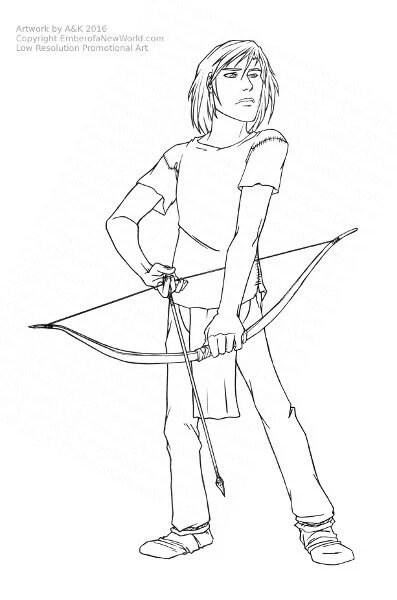

 ).
).
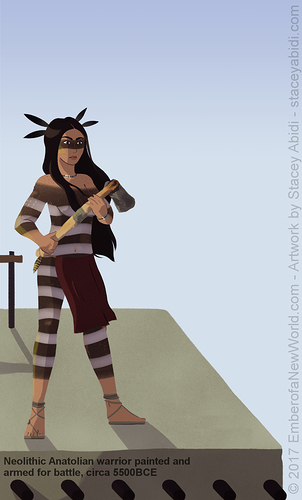
 Surely then, an amazon tribe must be possible in 8000 BC, eh
Surely then, an amazon tribe must be possible in 8000 BC, eh 

